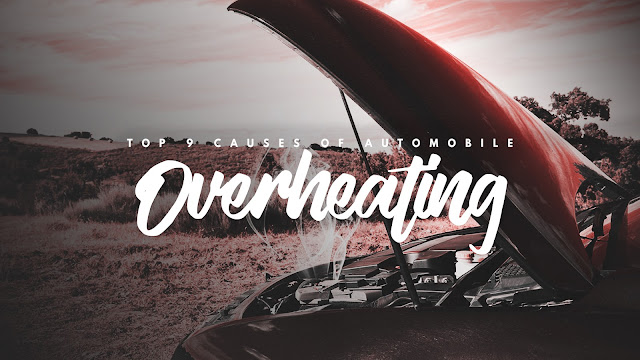Driving at night is inevitable. But if you know the right thing to do, you can live through its hazards and enjoy your quiet evening ride. Here are some tips that will help you drive peacefully and safely at nighttime.
1. Always Check If Your Headlamps Are Working Before You Drive
Visibility is always important whenever you’re driving but even more so when you’re out at night when it already dark. So always check if your lights are working because they’re your primary source of light. Aside from that, your signal and tail lights will keep you visible on the road and help your communicate with other drivers. As soon as you notice your headlamps aren’t in good condition, take your car to car servicing right away especially if the problem is not just the bulbs but in the electrical wirings.
2. Limit Your Speed
Your headlamps can only cover a certain distance, so limiting your speed can give you more time to react to oncoming road hazards. As a general rule, it’s always better to drive slowly and carefully if you’re unfamiliar with the road that you’re taking.
3. Clean Your Windshield
What’s the use of your headlamps if your windshield is keeping you from being able to see the road ahead of clearly? Your windshield is one of the important features of your car to ensure visibility on the road, so it’s a must that you keep it dirt and grime free.
Not only that this keeps your full attention in the road, which is always good for your safety, but it can also save you some car repair. Sometimes those little dents or scratches happens because you we’re checking a text message and missed the approaching car or the traffic light or the signal light of the car in front of you.
5. Avoid Poorly Lit Roads
As much as you can, don’t pass roads that are barely lit. Even when your headlights are perfectly working, they can only cover certain distance like mentioned above. Animals coming out of nowhere, pedestrians, speed bumps and pothole may not be easily seen with just your headlights. So it’s always best to take well-lit route.
6. Be Cautious Of Drunk Drivers
You may be a careful and responsible driver but others may not be. If you notice a car going too fast and being careless at night, it’s safer to assume that the driver behind the wheel is drunk. In this kind of situation, better avoid the car. Let it go ahead of you and allow ample distance between you.
7. Maintain Your Vehicle
Aside from car grooming which is on high demand here in Singapore, you should also prioritize maintenance. If your car is also in good running condition all the time, you save yourself from surprise breakdowns on the road which can lead to accidents, especially on a dark road where you can’t see potential hazards that may aggravate the situation.
ALSO READ:


